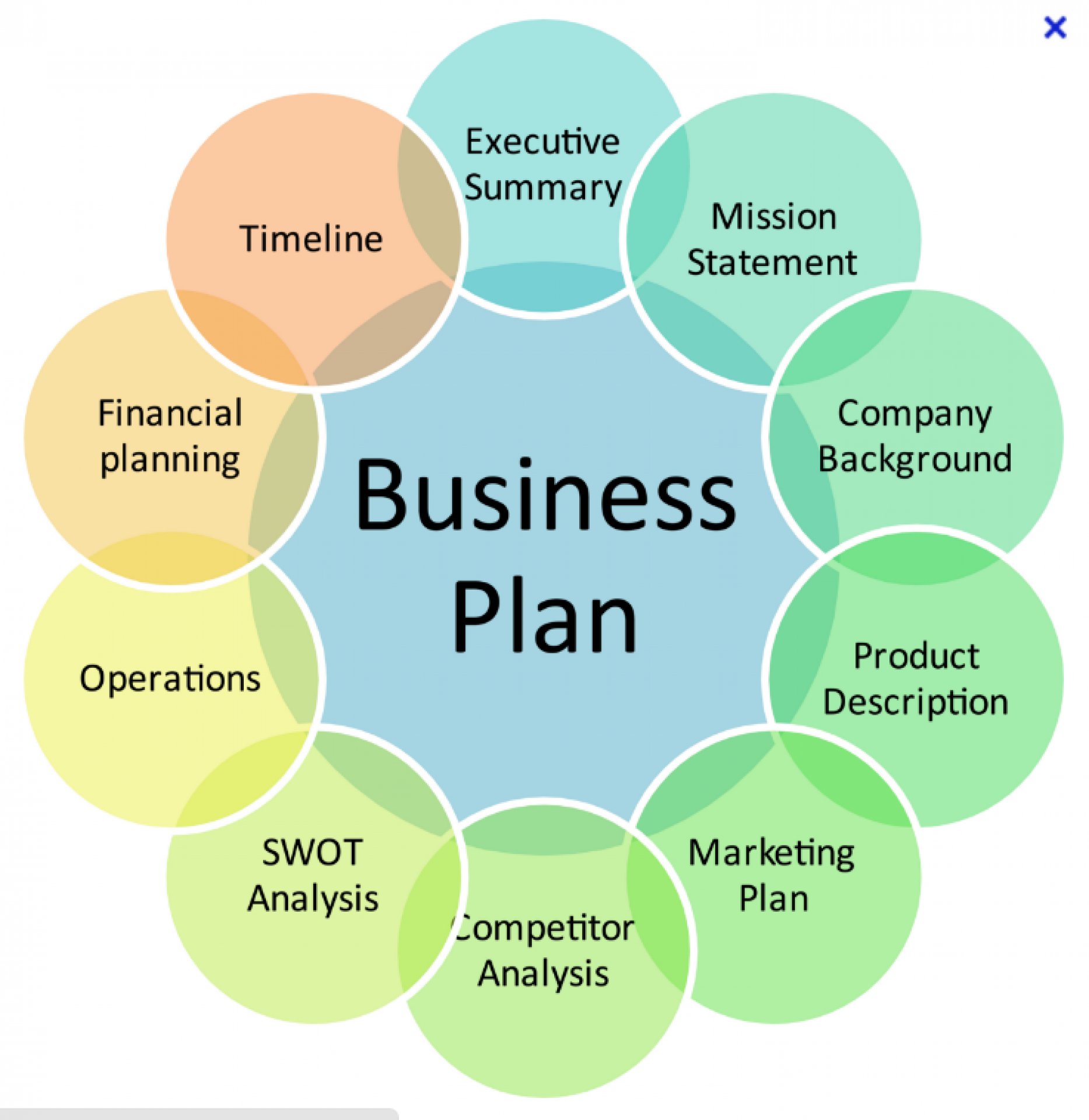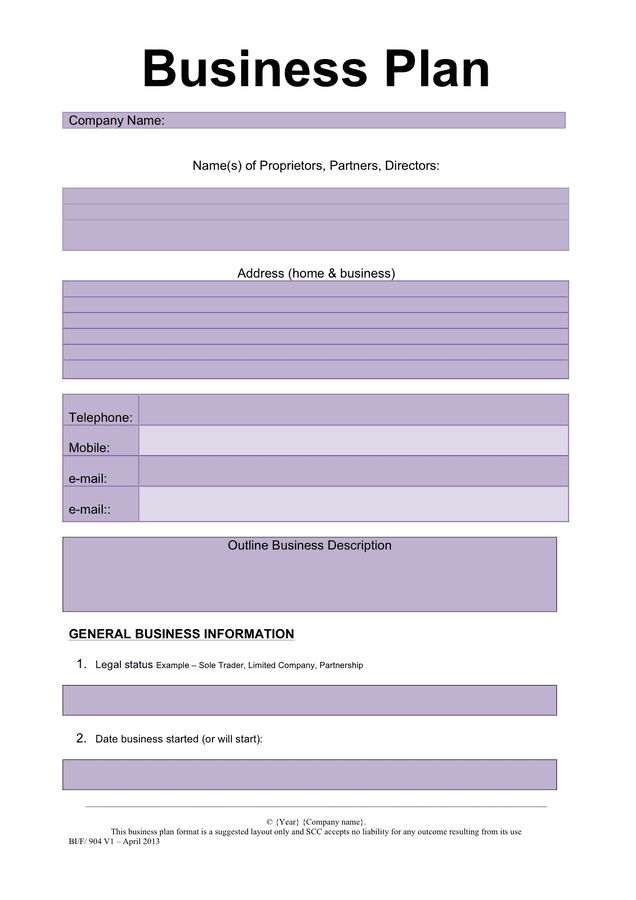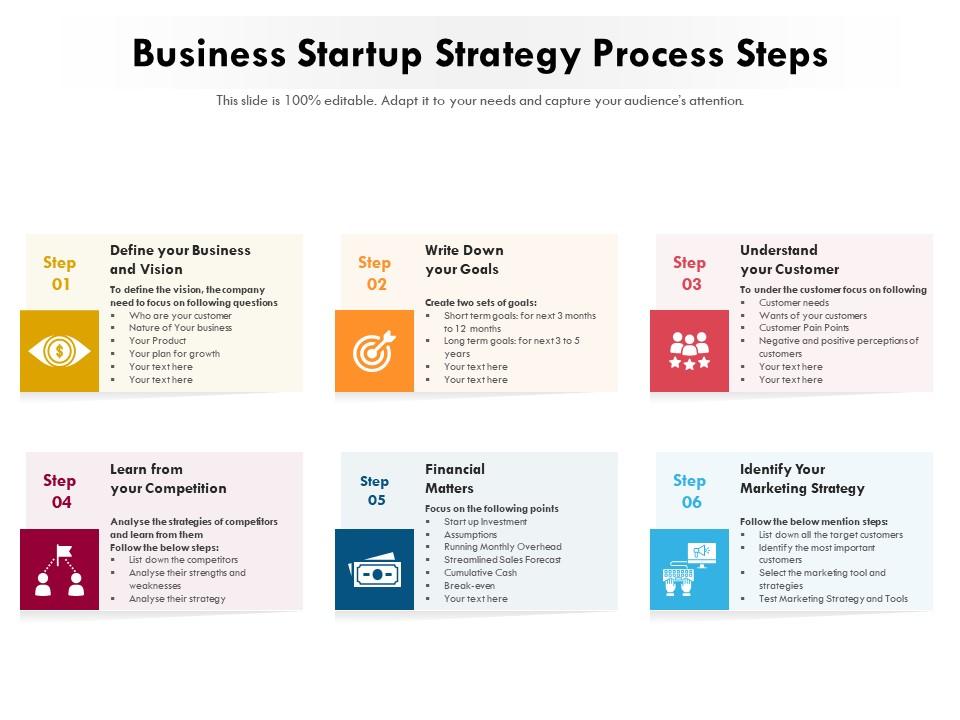How to Create a Business Plan for Startups: A Step-by-Step Guide

Starting a business is like embarking on a thrilling adventure. But just as you wouldn't set sail without a map, you shouldn't launch a startup without a solid business plan. A well-crafted business plan serves as your roadmap, guiding you from the spark of an idea to a thriving enterprise. So, let's dive in and explore how to create a business plan for startups that sets you up for success.
Why Do You Need a Business Plan?
Think of your business plan as the blueprint for your startup. It's not just a document to secure funding; it's a strategic tool that helps you define your goals, identify potential challenges, and plan your financial future. A well-structured business plan can attract investors, convince lenders, and, most importantly, keep you on track.
Step 1: Crafting an Executive Summary
The executive summary is the first thing investors and lenders will read. It's your elevator pitch, condensed into a few paragraphs. This section should be concise, compelling, and packed with essential information about your business.
What to Include:
- Business Concept: What problem does your startup solve?
- Market Opportunity: Who are your target customers?
- Financial Projections: What are your revenue streams and growth potential?
- Funding Requirements: How much money do you need to get started?
Remember, the executive summary is your first impression. Make it count.
Step 2: Conducting a Market Analysis
Understanding your market is crucial. A thorough market analysis helps you identify your target audience, understand their needs, and spot opportunities for growth. It also helps you stay ahead of the competition.
Key Components:
- Industry Overview: What trends are shaping your industry?
- Target Market: Who are your ideal customers?
- Competitive Analysis: Who are your competitors, and what makes you unique?
- Market Forecast: What does the future look like for your industry?

Step 3: Defining Your Startup Strategy
Your startup strategy is your game plan. It outlines how you'll turn your business idea into a reality. This section should be detailed, actionable, and aligned with your long-term goals.
Elements to Consider:
- Business Model: How will you generate revenue?
- Marketing and Sales Strategy: How will you reach and convert customers?
- Operational Plan: How will you manage day-to-day operations?
- Management Team: Who are the key players in your startup?
Step 4: Creating Financial Projections
Financial projections are the backbone of your business plan. They provide a snapshot of your startup's financial health and help you make informed decisions. Investors and lenders will scrutinize this section, so accuracy is key.
What to Include:
- Revenue Streams: How will you make money?
- Expense Forecast: What are your startup costs and ongoing expenses?
- Break-Even Analysis: When will your startup start making a profit?
- Cash Flow Statement: How will you manage your cash flow?
For a detailed guide on creating financial projections, check out this resource from the U.S. Small Business Administration.
Step 5: Using a Business Plan Template
A business plan template can save you time and ensure you cover all the essentials. There are plenty of templates available online, from simple outlines to detailed guides. Choose one that fits your needs and customize it to reflect your unique startup.
Where to Find Templates:
- SCORE: Offers a free business plan template for startups.
- LivePlan: Provides a comprehensive business plan template and software.
- Bplans: Offers a variety of free business plan templates.

Step 6: Reviewing and Refining Your Plan
Your business plan is a living document. It should evolve as your startup grows and changes. Regularly review and update your plan to reflect new information, market trends, and financial data.
Tips for Refining Your Plan:
- Get Feedback: Share your plan with mentors, advisors, and peers.
- Stay Flexible: Be open to making changes based on new insights.
- Keep It Current: Update your plan at least once a year.
Conclusion: Your Roadmap to Success
Creating a business plan for your startup is more than just a formality. It's a strategic tool that guides your decisions, attracts investors, and keeps you on track. By following this step-by-step guide, you'll have a comprehensive roadmap to turn your business idea into a thriving enterprise.
So, what are you waiting for? Start crafting your business plan today and take the first step towards startup success.
FAQs
How long should a business plan be?
- A business plan can vary in length, but a good rule of thumb is 15-20 pages. It should be detailed enough to cover all the essentials but concise enough to keep readers engaged.
Do I need a business plan to get a loan?
- Yes, most lenders require a business plan as part of the loan application process. A well-crafted business plan can increase your chances of securing funding.
What is the difference between a business plan and a business model?
- A business plan is a comprehensive document that outlines your startup's goals, strategies, and financial projections. A business model, on the other hand, is a specific component of your business plan that describes how your startup will generate revenue.
How often should I update my business plan?
- You should update your business plan at least once a year to reflect new information, market trends, and financial data. However, it's a good idea to review and refine your plan more frequently, especially in the early stages of your startup.
What if my business plan doesn't go as planned?
- It's normal for business plans to change as your startup grows and evolves. The key is to stay flexible and adapt your plan as needed. If things don't go as planned, use it as an opportunity to learn and pivot your strategy.

Belum ada Komentar untuk "How to Create a Business Plan for Startups: A Step-by-Step Guide"
Posting Komentar